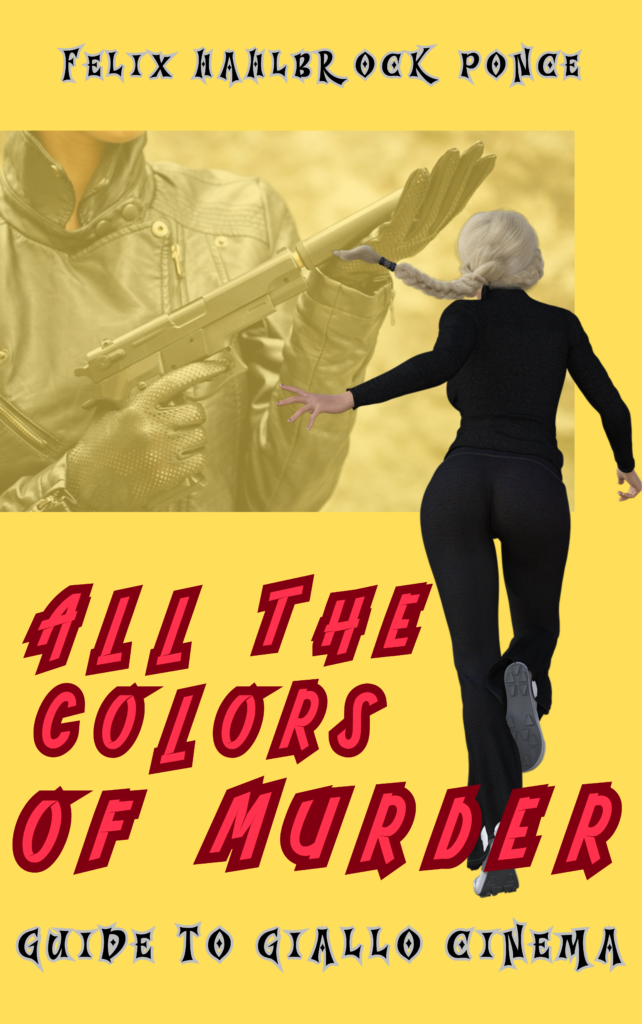
All the colors of murder: Guide to giallo cinema
339 pages
The giallo (plural gialli) is the Italian version of crime and detective films. The name literally means “yellow”, and refers to the color of the covers of a collection of novels by Editorial Mondadori that, from the post-war period, would reach great popularity in Italy. Soon, Italian film producers considered that they could exploit the vein of this genre that had so deeply penetrated the popular classes.
The giallo, as a film genre, is the Italian version of the French Noir and the German Krimi. At least, it initially started that way. But there were going to be many innovations that filmmakers of the stature of Mario Bava and Dario Argento were going to incorporate.
The giallo was going to develop a style and a character of its own. “The girl who knew too much” (Mario Bava, 1963), still in black and white, is clearly inspired by Hitchcock’s narrative and stylistic patterns (as its title already suggests). But soon after, with “Blood and black lace”, Bava already included an innovative element; namely: An explicit violence, brutal yet elegant. And signs of identity that later directors would repeat incessantly: The mysterious killer, whose identity is not revealed until the end (as in the good novels of Agatha Christie and others), and who is usually dressed in a trench coat, a hat, sometimes a mask, and (now comes the most important thing), some black leather gloves.
Within the giallo, there are in turn an infinite number of combinations and sub-genres. Some, the most classic, are attached to the literary detective “whodunit”, others put more emphasis on the psychological thriller à la Hitchcock, others have a dreamlike character in which everyday reality is blurred with fantasy, hallucinations and fears of the characters… There are also those with a comic side (especially black humor), or with a graphic violence even more exacerbated than usual (especially when the criminal does not act for pragmatic-economic reasons, but is a volume and spine psychopath, a serial killer). This last aspect would derive in the 1980s in the sub-genre called “slasher”. Other gialli, on the other hand, incorporate supernatural and parapsychological elements (or at least play with them), such as ghosts and afterlife issues. This is not at all strange, taking into account that the official father of the giallo, Mario Bava, had previously stood out in the gothic horror (with dark abandoned castles, vampires, etc).
“Whodunit”, a psychological thriller, graphic violence, erotic touches, and supernatural horror… As we can see, the combinations between these usual ingredients of the giallo (which must always be seasoned with large doses of suspense and mystery) are practically infinite.
The purpose of this book is to serve as a guide for giallo fans. Both for the most hardcore connoisseurs and for those who are just starting to enjoy the films of the genre. You will be able to read reviews and critiques/analyses (some long, some shorter) of many gialli shot in the sixties, seventies (especially!) and early eighties (in Italy and Europe, as several films are in fact co-productions); by renowned directors such as Mario Bava, Dario Argento, Lucio Fulci, Sergio Martino, Umberto Lenzi, Luciano Ercoli and many more. Some of these films are well known in the world. Others are less so, and deserve to be rescued from oblivion (…or not, let each one decide for himself).

Shintaro Katsu´s Zatoichi: Complete guide to all movies
125 pages
Zatoichi is a Japanese literary and cinematographic character whose adventures are set in the 19th century (around 1830-1840). He is a wandering swordsman who has the particularity of being blind. Despite his blindness, he is capable of facing numerous enemies (who sometimes attack him simultaneously) and of being victorious in numerous battles. He always travels walking with his cane stick, which also serves as a sword – Inside there is a sharp blade.
Zatoichi is shrewd and cunning, as well as wise and compassionate at the same time; he feels a strong responsibility to protect the humble. His auditory faculties are highly developed, and he also possesses a “sixth sense” that helps to get him out of more than one trouble. The character was created by novelist Kan Shimozawa (1892-1968), who published a series of books starring Zatoichi. Later the adaptations to the big screen would come, starring Shintaro Katsu (1931-1997).
This great actor belonged to a dynasty of traditional Kabuki theater performers. In cinema he would specialize in the typically Japanese genre of chanbara or jidaigeki (“samurai” films, which used to be set in the Tokugawa era). As a guide, this book compiles critiques and analyses of each and every one of Zatoichi’s 26 films shot between 1962 and 1989. These films, based on Shimozawa’s stories, were directed by different filmmakers, but the protagonist is always Shintaro Katsu.
The purpose of this compilation is to offer chanbara fans a review of the blind swordsman’s film career. Zatoichi is very popular in his country of origin (in recent years the famous Takeshi Kitano returned to the character for one of his productions), but also in the West he has a huge community of fans.
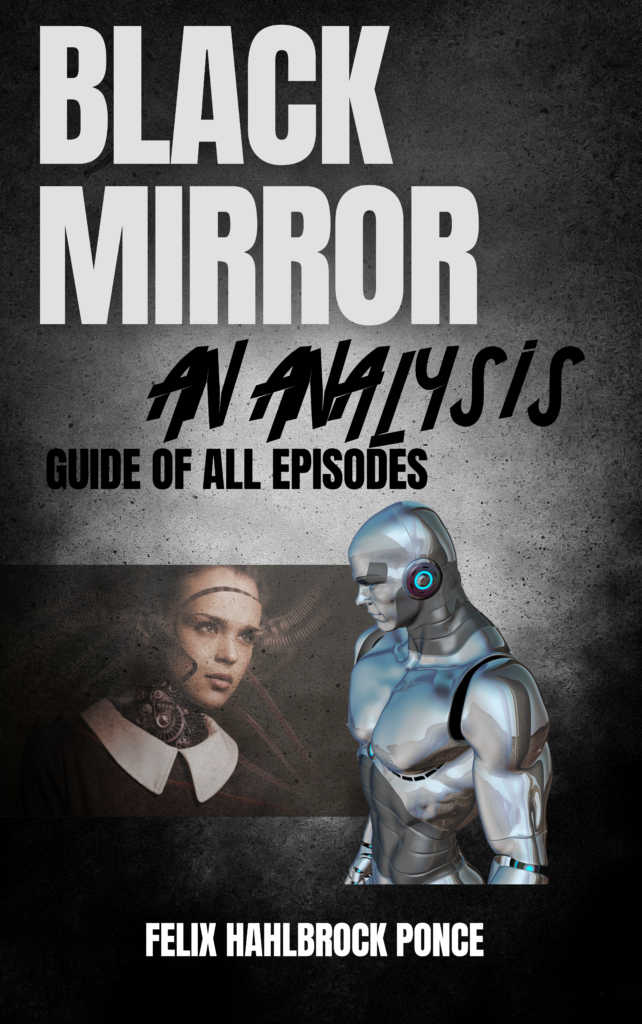
Black Mirror, an analysis: Guide of all episodes
94 pages
“Black Mirror” is much more than just entertainment. Each episode contains a background, a deep meaning, worthy of analysis. Sometimes with many possible readings and interpretations.
What is behind “Black Mirror”? What is the intention of the creators of such a great series? Predictive programming for a dystopian society?
The world presented by “Black Mirror” is usually halfway between Orwell’s “1984” and Huxley’s “Brave New World”. It is a society in which technology has become a tool of absolute control, where privacy has been abolished, where an omnipresent and totalitarian surveillance rules the destinies of the characters, who have become slaves of a digitized system without hardly realizing it.
Fortunately, all this is “science fiction”, and has nothing to do with reality… Right, my friends?
As a predecessor of “Black Mirror” is usually mentioned the American series “Twilight Zone”, broadcast in the U.S. in the sixties, which had similar “science fiction” themes. In Spain, we also had around the same time (1960s) the excellent “Historias para no dormir” by Narciso Ibáñez Serrador, who in addition to adaptations of Poe, gothic horror and suspense stories, also made visionary medium-length “science fiction” films with a content and approach very similar to that which Charlie Brooker developed for his “Black Mirror” scripts.
The purpose of this book is to offer, both to fans who are already familiar with Black Mirror as well to potential new viewers, an orientation to the content of each episode – including a personal analysis or interpretation of the different stories told in the series.

“Lone Wolf and Cub”: …and other samurai stories from cinema and TV
117 pages
This book contains reviews and commentaries on the six films in the “Lone wolf and cub” saga, the “Oshi samurai” television series and the “Hanzo the Razor” trilogy.
– The six films in the “Lone Wolf and Cub” saga tell the story of a disgraced ronin who becomes a fugitive and travels around Japan with his little son on a cart.
– The series “Oshi samurai” has as main character a mute bounty hunter looking for revenge.
– And Hanzo’s trilogy narrates the adventures of an incorruptible shogunate police officer, using expeditious and very unorthodox methods.
The “Lone Wolf” and the “Mute Samurai” are embodied by Tomisaburo Wakayama (1929-1992), one of the most representative and charismatic actors of the chambara. Hanzo is played by Shintaro Katsu (1931-1997), famous above all for giving life to the blind swordsman “Zatoichi” in an extensive saga of 26 films. “Hanzo” and “Zatoichi”, despite being played by the same actor, could not be more different characters. The only thing they have in common is their skill with the katana; but their personalities are completely opposite.
As we did in the book dedicated to Zatoichi, the purpose of this volume is to serve as a guide for fans of chambara, honouring those three masterpieces of the genre.
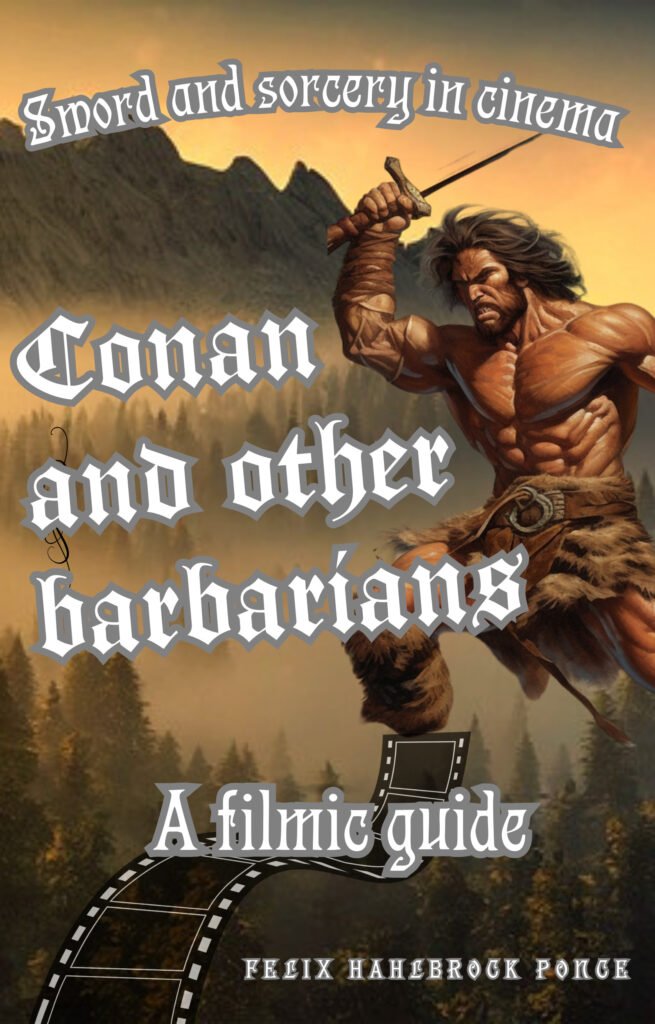
Sword and sorcery in cinema: Conan and other barbarians: A filmic guide
71 pages
Adventures in remote times and lost continents, beyond history as we know it, is a fascinating subject that has excited the imagination of many authors. One of these writers was Robert E. Howard (1906-1936), creator of Conan the Barbarian.
Later, Marvel decided to profit from the enormous potential of Conan’s stories by bringing the barbarian into the world of comic-books. In 1982 the long-awaited film by John Milius arrived, adapting the adventures of this surly and frowning warrior of the misty Cimmeria to the big screen.
The success of this epic blockbuster, with a clear Nietzschean stamp, catapulted Conan to international fame. Some sequels would come to light, and countless apocryphal adaptations and films inspired by the charismatic and Herculean Cimmerian were made in the following years. And this is precisely what we are dealing with in this book.
The purpose of this volume is to show a journey through sword and sorcery films, from the blockbuster “Conan the Barbarian” (John Milius, 1982) to the most unknown and bizarre imitations, many of which came from Italy, where a new sub-genre of the “exploitation” kind was being developed. Some of these films, which are technically cheesy, are not without interest. And several of them, as you will see, have a very special charm.
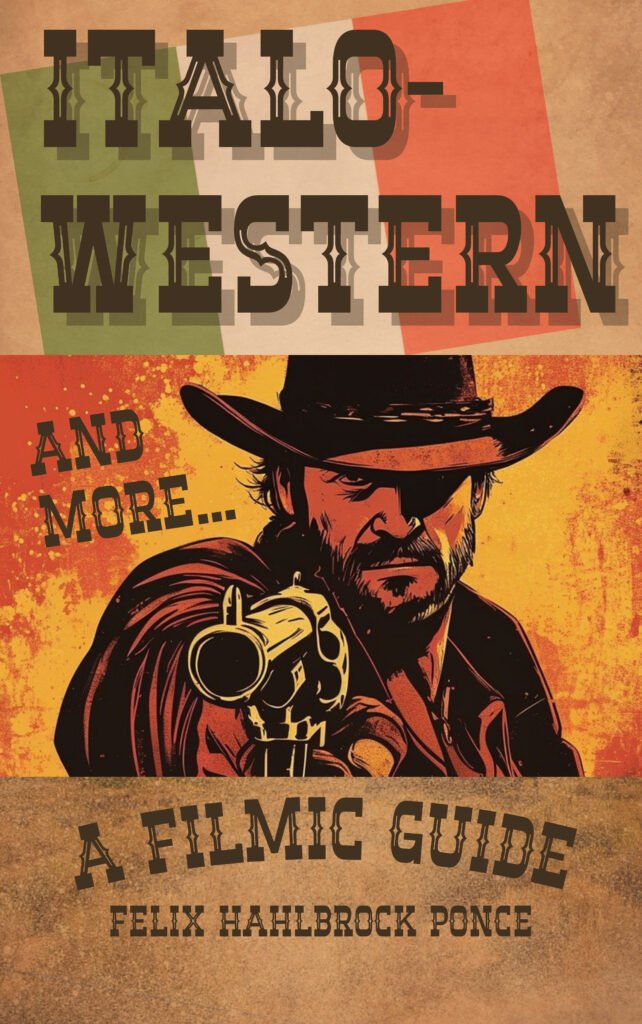
Italo-Western and more…: A filmic guide
175 pages
The American western launched great icons like filmmaker John Ford, or his namesake actor John Wayne, into stardom. The success of these films also reverberated in Europe. From the 1960s onwards, it was the Italians in particular who revived and renewed the western genre.
Sergio Leone, specially, brought out true masterpieces. His Dollar Trilogy, which brought fame to the famous Clint Eastwood, caused such a sensation that in the following years the “spaghetti-western” trend would develop. Leone, Eastwood and Morricone (direction, acting and music, respectively) are the most prominent names in this European appendix of “cowboy” cinema set in the “wild west” but shot in the Old Continent.
The Italian-style western, whose pioneers had been Leone and Corbucci, would become even more popular than the original American western in some respects. For it was more violent, more raw, more direct, with less dialogue and more visual power, without so much idealization, without a clear distinction between good and evil. In other words: more realistic.
For in the “Wild West”, as its name suggests, there was not much room for scruples. In this book you will find reviewed several of the most emblematic Italo-Western films. From the classics of Leone or Corbucci to lesser-known feature films, which, without matching the works of the masters, follow the storylines and stylistic patterns of the sub-genre, sometimes contributing some innovations.
In addition, we include as an appendix some western films that, without being Italian, have the same patterns of “spaghetti-western” (i.e.: amorality, violence, black humor…). Among those other films included in this guide, a special mention deserves “El Topo” by Alejandro Jodorowsky, which, besides being formally a western (clearly inspired by the Italian style), has a deep mystical-initiatic content.
The purpose of this book is to serve as a guide for Italo-Western fans, compiling the most important and famous films of the subgenre, and including, as a curiosity, others that are less known or that, without being strictly Italo-Western, have similarities with that kind of cinema in terms of stories and style.
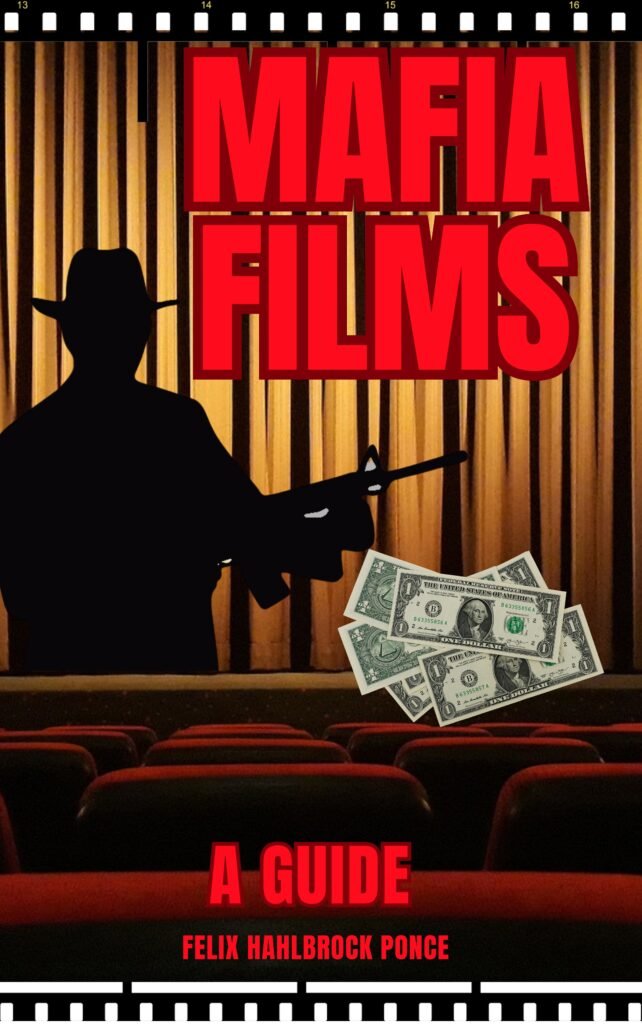
Mafia Films: A Guide
224 pages
Gangster films are an extremely complete genre, containing elements of drama, tragedy, suspense, action… Since the gangster genre (from classic film noir to current movies on organized crime) is so broad, in this book we will focus mainly on films specifically about the Italian and Italian-American Mafia (La Cosa Nostra).
This book offers reviews, comments and analysis of several films about the Mafia. Of course it includes “The Godfather” trilogy. It is a well-known fact that real-life mobsters were influenced by the image given of them in Coppola’s famous masterpiece, copying and adapting for their daily lives the clichés and mannerisms seen in the movies.
In addition to the plots, and to the data on the feature films, the casts and the film crew, this book provides information on the history and context of the protagonists (when the movies are based on real events, as is the case with “Donnie Brasco”, for example). Thus, Mafia movie lovers will have a compilation of critics and reviews of the most representative films of their favorite genre.

Santo, the Wrestler with the Silver Mask: A guide to all his films
183 pages
Santo, the Silver Masked Man, is a celebrity in Mexico and in much of the Hispanic world. The popular classes quickly identified with him, and he became part of the Mexican cultural identity and ideosyncrasy, becoming, thanks to his extensive filmography, a true idol of the masses.
Rodolfo Guzmán Huerta (1917-1984) soon stood out in the world of Mexican wrestling. He dominated classical Greco-Roman wrestling, jiu-jitsu and mixed martial arts among other combat disciplines. He wore a silver mask and became famous with the nickname “El Santo” (“The Saint”). His popularity among wrestling fans grew immensely, to the point that it was decided to exploit it in other fields: first in comic books and later also in movies.
The movies made the Saint even more popular than he was before, and his fame transcended Mexican borders, becoming a celebrity in much of the Hispanic world, the United States, Europe, and even reaching such distant and different countries as Lebanon and Turkey. There is no doubt that in his native Mexico, Santo is a sociological phenomenon like Chavo del Ocho or Cantinflas; a true idol and national symbol. Most of these films are very entertaining, even today, despite having been conceived for the masses in Mexico at a particular time (especially in the 60s and 70s).
The purpose of the present book is to serve as a guide for each and every one of the films that have the Saint as their protagonist. It comments on the plot of each part of the saga, as well as details about the actors, directors and film crew involved. Until now, some biographical or sociological books had been published about the figure and impact of the Silver Masked Man, but a guide to all his films was still missing.
